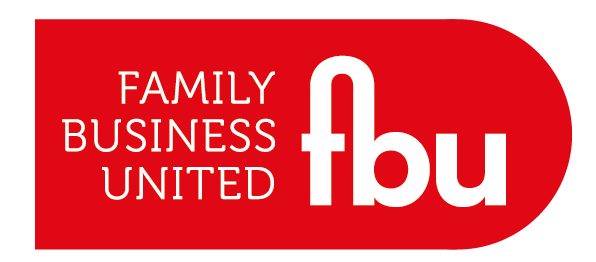Navigating The Complexities Around Succession Planning
- Paul Andrews - Founder & CEO, Family Business United

- Mar 26, 2024
- 4 min read
Updated: Aug 12, 2025

Family business succession planning is a complex and challenging process that involves transferring leadership and ownership from one generation to the next. Over the years, succession planning has been recognised as one of the more difficult challenges that families in business have to overcome and there are several factors that come to the fore and can make it difficult to navigate successfully.
These can include emotional dynamics, balancing the needs of the business with the skills of the family members, lack of formalised processes, estate planning and general economic conditions.
Firstly, emotional dynamics within families can complicate succession planning. Personal relationships, historical family roles, and unresolved conflicts may interfere with objective decision-making and it also raises questions about mortality too. Emotions can cloud judgment and hinder open communication, making it difficult for family members to align on a clear succession strategy, or even want to bring up the topic of conversation in the first place.
Secondly, balancing business competence and family ties is a delicate task. The most qualified family member may not necessarily be the best leader, causing tension between meritocracy and familial obligations. Striking a balance between competency and maintaining family harmony is a perpetual challenge in the succession planning process and for many it raises more difficult questions, especially if there is more than one potential candidate in the next generation, and if the next leader is to be a family member, causes parents to choose between siblings which is made all the more difficult by the perennial desire to do everything equally and fairly amongst all their children.
Thirdly, inadequate preparation and a lack of formalised plans contribute to the complexity. Many family businesses fail to establish clear guidelines for succession, resulting in ambiguity and potential conflicts. The absence of well-defined processes and communication channels can lead to confusion and disputes among family members but by introducing plans and communicating them well, family harmony can be maintained and the process followed to determine the successor.
Moreover, the transition from an entrepreneurial founder to subsequent generations often involves a shift in organisational culture. Maintaining the original vision and values while adapting to changing market dynamics requires a delicate balance. Differences in management styles and approaches between generations can create resistance to change and hinder the smooth transition of leadership.
From a founder to second generation transition results in the entrepreneurial founder who set out with an original idea, passion and determination to succeed stepping back and relinquishing more of the decision making and responsibility and as such the business takes on a new dimension. The next generation will want to put their stamp on the business but may have different drivers and desires for the business and this again may cause some degree of discomfort when discussing transition from one generation to the next.
Estate planning and taxation may also pose additional hurdles. The complexities of legal and financial aspects can strain family relationships. Balancing the desire to treat all heirs fairly while ensuring the continuity and growth of the business requires careful consideration and expertise in various domains and for some families it seems easier to defer the conversations to a later date and succession simply becomes the ‘elephant in the room.’
Lastly, external factors such as economic uncertainties and market volatility add another layer of difficulty. Navigating the challenges of a dynamic business environment while simultaneously managing internal succession dynamics requires strategic foresight and adaptability and remains on the agenda for many family firms still building back their businesses after the global pandemic and with prevailing economic and political uncertainties likely to remain for the immediate future.
Family business succession planning is not easy due to emotional complexities, the delicate balance between family ties and business competence, insufficient preparation, cultural transitions, legal and financial intricacies, and external market pressures.
Addressing these challenges demands a combination of open communication, professional guidance, and a commitment to preserving both family relationships and the business legacy.
Succession planning is however an inevitability and something that needs to be given sufficient time to achieve a successful outcome. In many cases it takes time and needs honest and authentic conversations, between the generations, to work out what individuals want and also what is ultimately best for the family and the business. Professional advisers are well placed to offer a sounding board to move conversations along and there are plenty of other resources on hand to help families consider the options available to them.
When running a business day to day it is difficult to find the time to have the conversations that are needed on a topic as emotive as succession but time needs to be set aside to talk about it openly and formalise and then communicate a plan in order for it to have any chance of a successful transition taking place.
Succession can be a difficult challenge to address, but it doesn’t have to be as long as all parties involved are willing to talk openly, honestly and work together for the shared end goal, a successful transition to the next generation of leaders in a way that is best for the business and ensures that family relationships are maintained too.
This article is part of a series that has been published by Family Business United to support a series of Family Business Insight Events with Barclays Corporate Banking








%20copy%20(4)%20copy%20(1)%20copy%20copy%20(1)%20copy%20(1)-Medium-Quality.jpg)



.png)
























